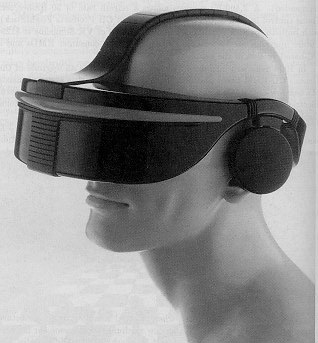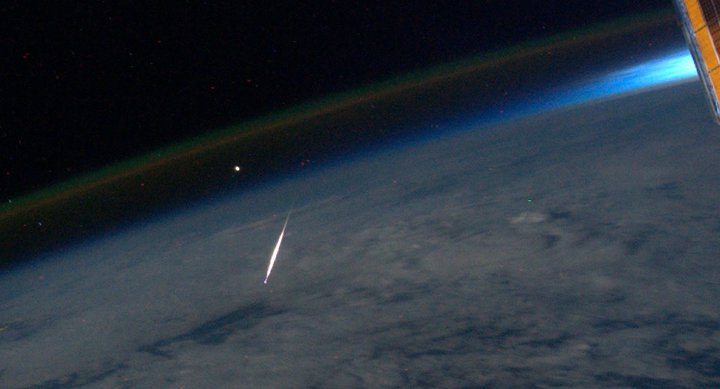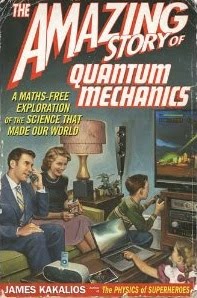I've talked about how our Project Calliope picosatellite will burn up entirely upon reentry. Larger stuff, not so easy. UT reports in the cutely titled
"Look Out Below!" that the 6-ton URAS is going to reenter, messily, this Fall.

A fun update, Interorbital lists
their filled manifest for their first N30 launch. This is everyone who is building a Tubesat or Cubesat for their first private launch. Put another way, these are all of Calliope's kinfolk. Pioneers, every one of them.
A short entry for today. Blog material has cycles. For this blog, I write 4 types of items:
1) Framing pieces (info about satellite work in general)
2) What I have learned (in the process of building this specific satellite)
3) Progress reports (photos and details)
4) Fluff (neat stuff that partially relates to this work).
In my other column, I have a wider net and tend to write about a variety of topics. That work still falls into the top two categories. Often, the writing is based on something I either learned that day (at an event or in the context of work) or had to study to do something work related.
FutureTense is a radio program in Australia that I had absolutely never heard of until they decided to interview me. It's time to remedy this for that handful of you out there that, similarly, haven't yet caught them. Thanks to the magic of the web, you don't even have to fly to Australia to enjoy it.
MSNBC reported on the latest set of
new NASA prizes:
NASA today announced three new competitions offering a total of $5
million in prizes — and only one of them involves actually putting
something in outer space.
I'm a huge fan of prizes. Although I love NASA's work, I dream of a day where fully half of NASA's workload consists of evaluating prize entries by indy companies that are hitting specific get-us-to-space benchmarks.
In the golden age of science fiction (1930s-1950s), a typical protagonist was a square-jawed working stiff, perhaps a bureaucrat or a cop, who stumbled into a strange mystery that defied conventional explanation.
Who would that bloke call up, but his friendly local scientist! Inevitably, this would be an affable professor affiliated with a small, sleepy suburban teaching college. Despite the low profile of the school, this professor was a multi-discipline expert, particularly in matters involving space, technology, and futurism.
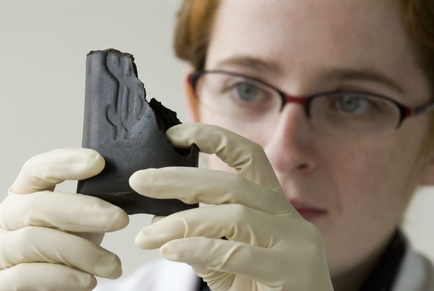 At MakerFaire NYC
At MakerFaire NYC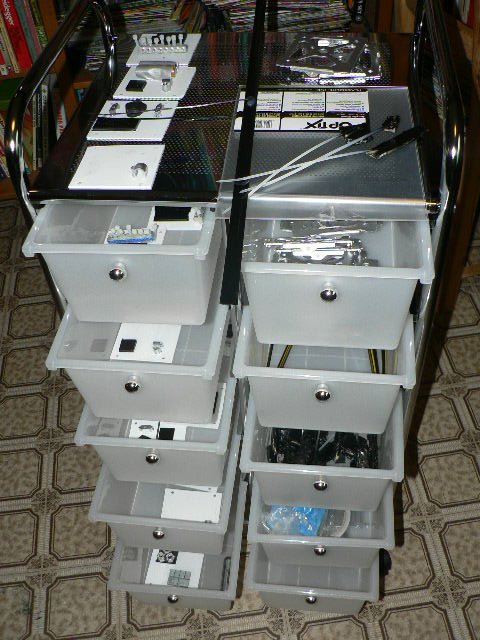 Concepts For A CubeSat LARP
Concepts For A CubeSat LARP Putting a TARDIS in Space?
Putting a TARDIS in Space? Who Can Launch a CubeSat?
Who Can Launch a CubeSat?




